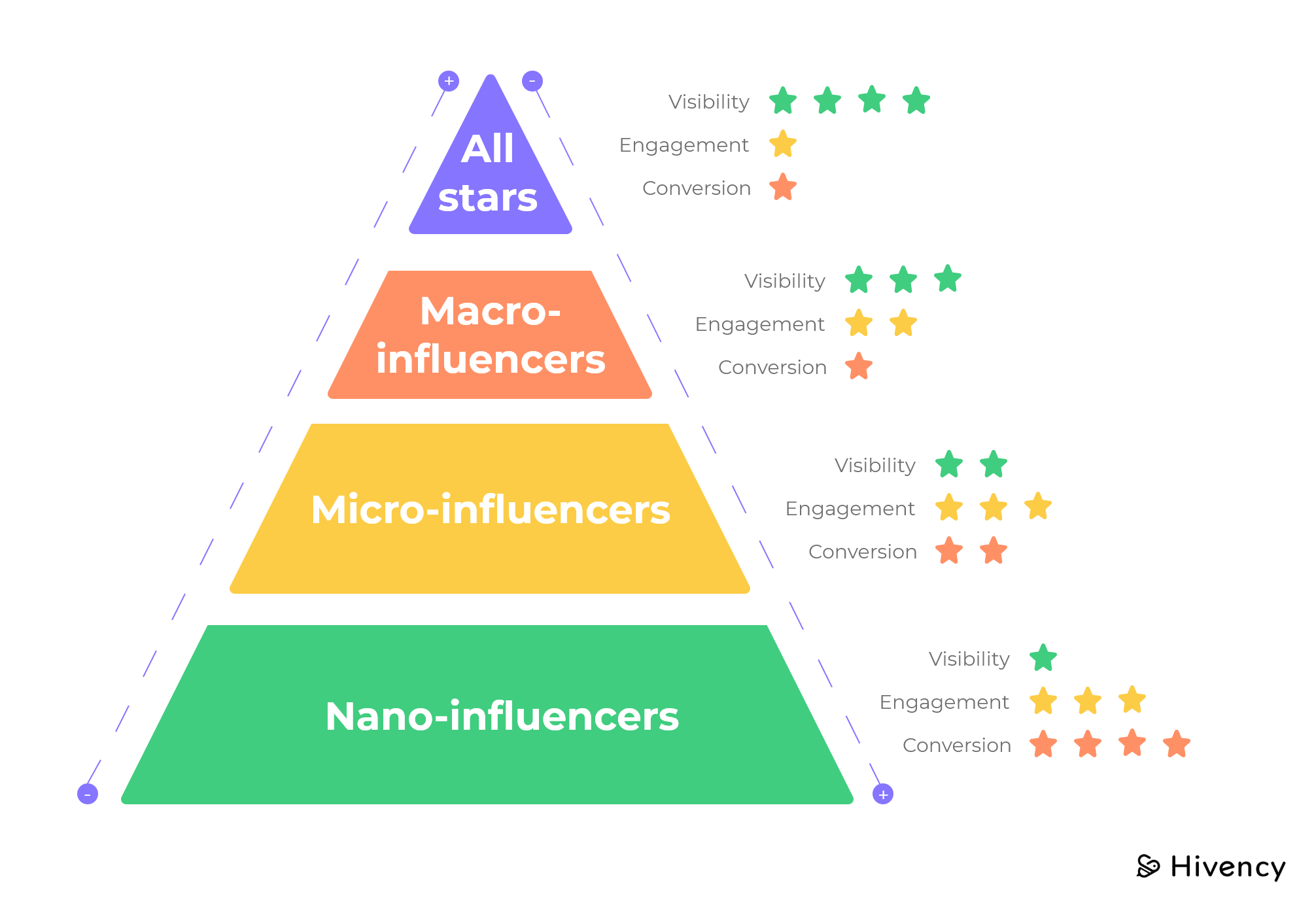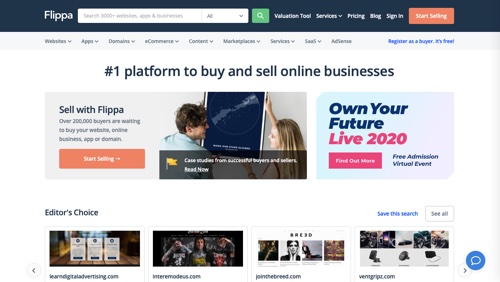
Non-media clients are becoming more common in today's economic climate. These clients could be associations, high tech companies, and other sectors. This sector can be targeted to help you build your client list. Here are five ways you can promote an agency. Include syndication in the marketing strategy. Medium is a popular website that automatically uploads your content and adds a link to the original post. The benefits of syndicating include increased exposure and the possibility of getting clients.
High-tech firms
Nowadays, articles about high tech companies can be found in mainstream media. These companies range in size from small start-ups to multinational corporations. Despite their differences in business strategies, products and services, there are some traits that all of these companies share. Despite the diversity, these companies share the same leadership traits and an appreciation of the importance of changing the business environment.
It is possible to create innovative products by linking R&D and marketing activities. Cross-pollination from ideas can result in new market applications and improvements to the product quality of competitors. Such linkages can be made through special committees and close contact between key officials in both departments. High-tech businesses must be careful not cause animosity within the relationships between the two functions. High-tech firms can thrive in both the media and the advantages they offer.
Associations
Trade media can be used in many ways by associations. Trade media can be used in many ways to educate and reach decision-makers, including trade journals and consumer magazines. Association media can improve the way companies advertise, and help communicate the benefits of professional societies. Association media can provide a highly targeted audience and engage them. These are just a few of the many benefits that come with being a media client of associations.

You need to identify your audience before you can choose the right channels for your association. Engaging with colleagues on social networks is common for professional communities. But, it can be frustrating to engage with them on their association social pages. The good news is that associations have a solid social media strategy and a lot of followers. This is how you can engage them with your media strategy.
FAQ
What is the cost of hiring a content strategist to create content?
There are many agencies and freelancers that can provide content creation services at affordable prices. Some companies will pay more if they are satisfied with the level of expertise provided by the individual working on the project.
How do you make content that is good?
Good content should be interesting, useful, and shareable. The best content will have a clear call for action. This could be a link or button that allows readers sign up for a trial, read more about your product, or order something from your site. Visuals are also important in order to make your content easily shareable across media.
What are the benefits to content marketing?
High-quality content is key to content marketing, which helps you drive sales and leads. Content marketing offers a steady supply of new, original content that can then be used to promote products or services. Content marketing helps increase brand awareness, trust and engagement among potential customers. The best part about content marketing is that it creates a positive image and reputation for your company.
Why do I need a Content Marketing Strategy? Why should I not only send out emails, but also post social media updates.
Two main reasons you may choose to ignore a Content Marketing Strategy.
-
You may believe that email marketing or social media posts will be enough to get people talking and sharing your brand's story.
-
If you've never tried email marketing, or posted on social networks, it's easy to assume this type of content is not feasible.
Both of these assumptions are false.
Email marketing and social media posts are great ways to connect with prospects and customers. However, these are not sufficient.
You can't rely on an email campaign to reach your goals. It should be part of a larger strategy. It won't be enough to just post on social media. These posts should be part of a larger plan.
A Content Marketing Strategy is the key to this success. You can manage your entire content creation by creating a strategy with clear objectives.
As a result, your time will be more focused on other aspects of your business such as increasing your conversion rates and growing your audience.
Even though Content Marketing Strategy has many benefits, it doesn’t make it easy.
But, when you have a strategy in place, it makes all the difference.
Statistics
- Companies that use content marketing see approximately 30% higher growth rates than businesses not using it. (mailchimp.com)
- According to our research, 65% of companies with very successful content marketing in 2021 ran content audits at least twice a year. (semrush.com)
- Seventy-two percent business to business (B2B) (mailchimp.com)
- According to the Content Marketing Institute, 70% of B2B marketers and 86% of B2C marketers surveyed use content marketing in some form or other. (criteo.com)
- According to our research, brand awareness, attracting traffic, and generating leads remain the key content marketing goals in 2022. (semrush.com)
- To further show the importance of this, 89% of people have stopped doing business with a company because of a poor experience. (neilpatel.com)
- Content marketing produces 3X more leads per dollar spent. Content marketing costs 62% less than traditional marketing. (criteo.com)
- An example of an overarching goal could be: "In 2022, we want to achieve a 20% increase in revenue created by organic content and generate 15,000 MQLs with a budget of $30,000." (semrush.com)
External Links
How To
Informationgraphic creation tips to help with content marketing
Infographics are one of the most effective ways to explain complex concepts simply, making information easy to understand. Use infographics as a tool to promote your content marketing message.
You'll need design software such as Adobe Illustrator or Photoshop to create an infographic. These programs allow you to create infographics by drawing different shapes and elements. You can then use colors and fonts for your data. After your design is complete, you can upload images from Unsplash and Pixabay to your design.
Looking at other infographics online can help you get ideas. For example, if you want to show how many calories are in certain foods, you could take a picture of a food pyramid and replace the numbers with pictures of those foods. Another option is to take a picture of a can of Coke and look at how much sugar it contains.
Once you've created your infographic, share it on social media channels like Facebook or Twitter. This helps people who aren't familiar with the concept learn about it. If you decide to post your infographic on social media platforms, include hashtags so others can see what you're talking about. Users can follow conversations around specific topics using hashtags.
Make your infographics shorter than normal if you are creating them. An average blog post is between 2000 and 5000 words, while an infographic takes 500 to 1000 words. You can communicate more information in less space.
When designing your infographic, remember that some viewers may struggle to read small font sizes. It is important to use large fonts and avoid relying too heavily on colors when designing your infographic. You must also ensure that your text is easily read.
Here are some more tips
-
Choose an Infographic Template. You can find many templates online or in printed formats. Canva, Piktochart or Google Slides are three of the most well-known templates.
-
Create your Infographic. You can use the template to create your infographic. You can use any media that suits your audience. In this example, photos of Seattle restaurants might be used to create an infographic about Seattle's best restaurants.
-
Add Text. Add text after you've created your infographic.
-
Add Images. Your infographic can also include images. These can be pictures, charts, graphs, or icons. Make sure your picture is relevant to the topic you are adding.
-
Make It Interactive. Interactive elements can include buttons, maps, or links. This will engage your audience.
-
Share. Share your infographic after you're done.
-
Measure. Your infographic's performance. Are people clicking through to your website or not? Did they sign-up for your email address? What was their reaction?
-
Improve. Do you have any suggestions for improving your infographics? Are you able to do it better the next time?
-
Repeat. Do this again!